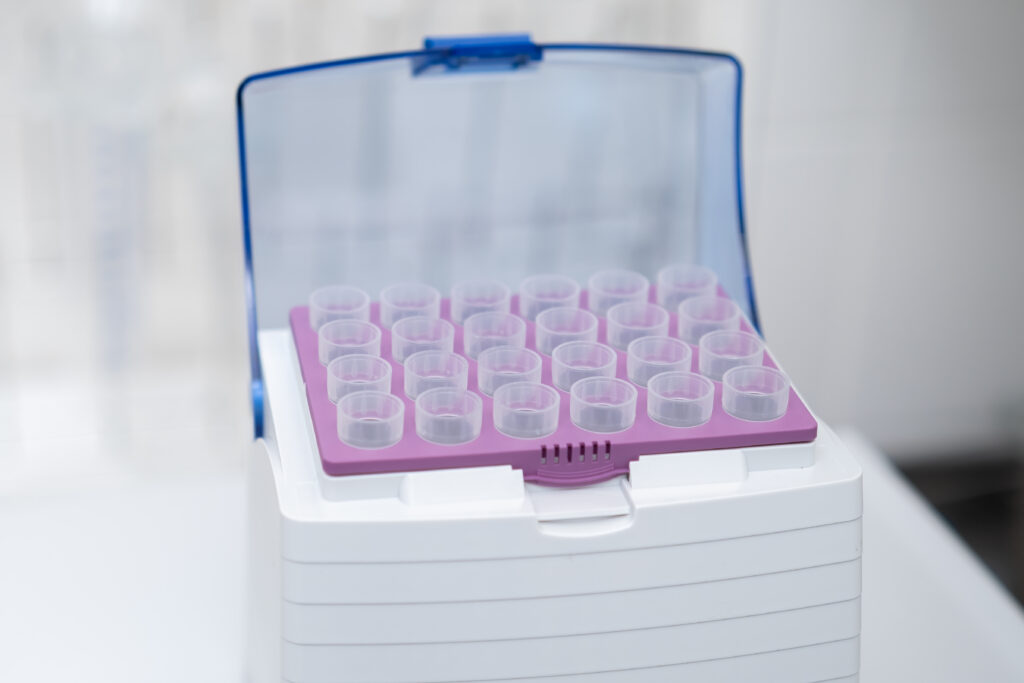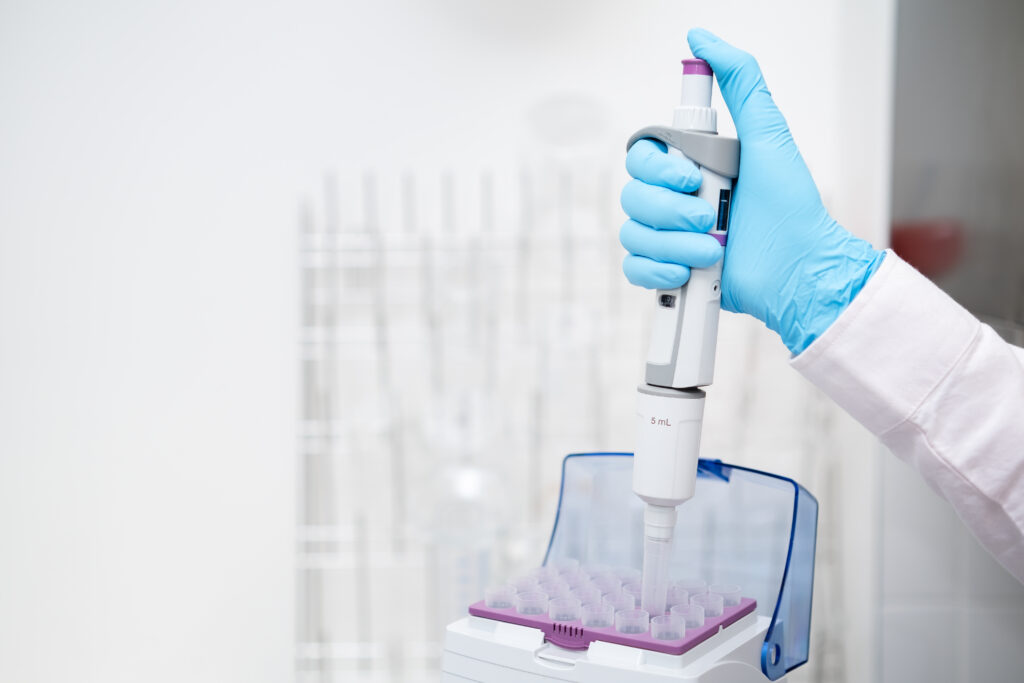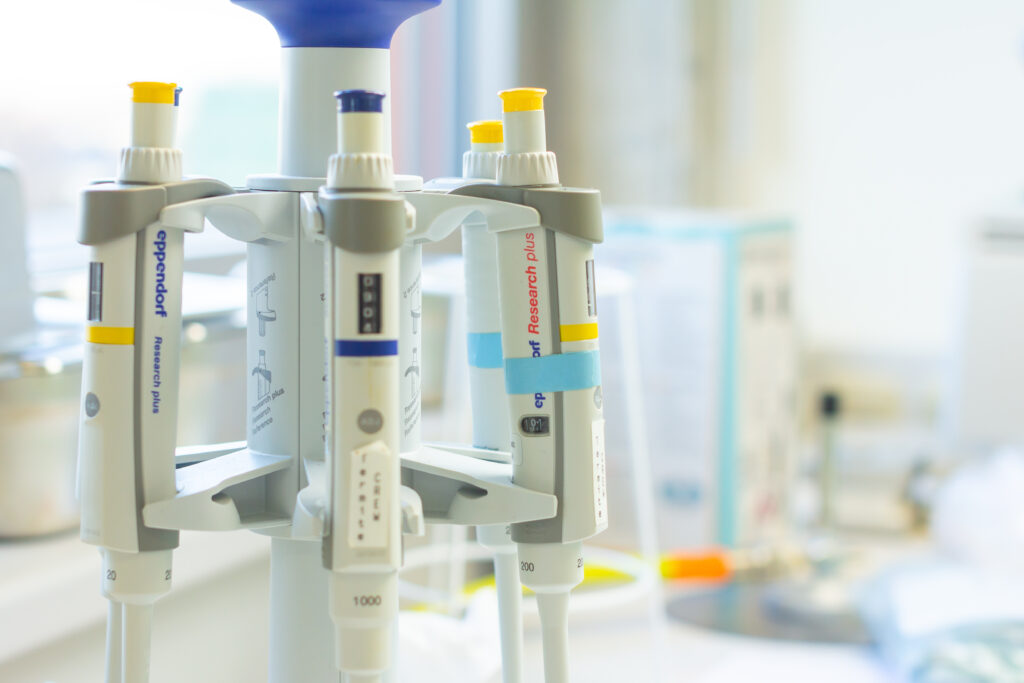When it comes to laboratory work, a single mistake can be costly. This is why it’s important to use the highest quality equipment and tools available to avoid potential problems. That is why it is recommended to use high-quality filter pipette tips to ensure that your tips are free of impurities.
So in this blog post, we’ll discuss how to choose high-quality filter pipette tips. We’ll cover the factors you should consider when deciding, as well as some of the most common questions that can come into your mind.
By choosing wisely, you can ensure that your lab work runs smoothly without any glitches.
So, let’s get started!
Filter Pipette Tips
Filter pipette tips are an essential piece of lab equipment, and it is important to ensure that you are using the right type of tip for your particular application. They are designed to fit onto a mouthpiece or nozzle, and they help to protect the user from contact with liquids that may contain harmful chemicals or pathogens.
The filter is usually made of a hydrophobic material, which will repel water and other liquids. This helps to prevent the user from accidentally inhaling any drops of liquid that may be present on the surface of the filter.
Filter pipette tips are available in various sizes and pore sizes, so it is important to select the right tip for your needs. Additionally, it is important to ensure that the filter pipette tip you select is compatible with the Mouthpiece or nozzle you are using.
But is it that important to choose the right filter pipette tips?
Is it Important to Choose the Right Filter Pipette Tips?
The simple answer is yes. By using high-quality filter pipette tips, you can be sure that the liquids you are handling are free of impurities. This is especially important when working with hazardous or poisonous chemicals.

Additionally, by using the right type of filter pipette tip, you can avoid cross-contamination between different samples. This is essential in a clinical setting, where it is vital to maintain the purity of each sample.
That is why it is essential to choose the right filter pipette tips with high quality.
So, what should you look for when choosing filter pipette tips?
How to Choose Pipette Tips with High-Quality?
There are a few key factors that you should consider when selecting filter pipette tips:
Material:
The material of the filter is important, as it will determine the level of protection the user has from contact with liquids. The most common materials used for filters are hydrophobic materials, such as polypropylene or polyethylene.
Polypropylene material is always used on the market, it has the characteristics of high chemical inertness, wide temperature range and transparent.The quality between polypropylene can has big difference. High quality filter tips are usually native or 100 percent polypropylene plastic. Cheap tips may be made from recycled polypropylene.
Therefore, when choosing the pipette tips, we should pay attention to see whether it marks 100% polypropylene. In addition, most tips are manufactured with explicit materials. For example, the market commonly known as the “blue tip” and “yellow tip”, are added to the dominant material. Because the dominant materials will also have differences, high-quality filter tips are used for master particles, and low-quality filter tips are mostly industrial pigments.
So, choosing a filter made from a high-quality hydrophobic material is important. It will offer the best protection to the user, and it will also be more durable.
Pore Size:
The pore size of the filter is also an important consideration. The size of the pores will determine the possible filtration level. For example, a filter with smaller pores will offer a higher level of filtration than one with larger pores.
So, when choosing a filter pipette tip, selecting one with small pores is important. This will ensure that the liquids you are handling are free of impurities.
Compatibility:
As we mentioned earlier, it is important to ensure that the filter pipette tip you select is compatible with the Mouthpiece or nozzle you are using. This will help to avoid any cross-contamination between different samples.
Package:
The packaging of pipette tips mainly includes rack and bulk. Packed in racks, it can prevent the filter tip from puncturing the packaging bag during transportation, thus reducing the risk of contamination.
Sterilization:
Another important consideration is the sterilization of the filter pipette tip. This is particularly important in a clinical setting, where it is vital to maintain the purity of each sample.
So, when choosing a filter pipette tip, it is important to select one that has been sterilized. This will help ensure that the liquids you are handling are impurities-free.
Nozzle diameter:
The nozzle diameter is also an important consideration. The size of the nozzle will determine the amount of liquid that can be drawn into the pipette tip.
So, when choosing a filter pipette tip, it is important to select one with a small nozzle diameter. This will help to avoid cross-contamination between different samples.
Filter area:
Finally, the filter area is also an important consideration. The size of the filter will determine the amount of liquid that can be filtered.
So, when choosing a filter pipette tip, selecting one with a large filter area is important. This will help ensure that the liquids you are handling are impurities-free.
These are just a few key factors you should consider when choosing filter pipette tips. By selecting the right filter pipette tip, you can be sure that the liquids you are handling are free of impurities.
FAQs

So after knowing how important it is to choose the right filter pipette tips, you might have some related questions. Let’s find out the answers to some of the frequently asked questions:
Can I use any filter with my pipette tip?
No, you cannot use any filter with your pipette tip. It is important to ensure that the filter you select is compatible with your mouthpiece or nozzle. This will help to avoid any cross-contamination between different samples.
How often should I replace my filter pipette tip?
The frequency with which you replace your filter pipette tip will depend on the type of liquids you are handling. If you are handling liquids that are likely to be contaminated, you should replace your filter pipette tip more frequently.
However, if you are handling liquids that are not likely to be contaminated, you can replace your filter pipette tip less frequently.
Can I sterilize my filter pipette tip?
Yes, you can sterilize your filter pipette tip. This is particularly important in a clinical setting, where it is vital to maintain the purity of each sample.
When choosing a filter pipette tip, it is important to select one that has been sterilized. This will help ensure that the liquids you are handling are impurities-free.
What is the best material for a filter pipette tip?
The best material for a filter pipette tip is compatible with your liquids handling. For example, if you are handling acids, it is important to choose a filter pipette tip made of materials resistant to acid.
Why do some pipette tips have filters?
Some pipette tips have filters because they are designed for use with liquids that are likely to be contaminated. Using a filter pipette tip, you can be sure that the liquids you are handling are free of impurities.
How do I know if my filter is working?
One way to test if your filter works is to draw a small amount of liquid into the pipette tip and then expel it. If the liquid expelled is clear, this indicates that the filter is working properly.
Another way to test if your filter works is to draw up a small amount of liquid into the pipette tip and then place it in front of a light source. If the light shines through the liquid, then this indicates that the filter is working properly.
How do you know which pipette is more accurate?
The first thing you need to consider is the method of manufacture. Manufacturers use glass or plastic to make pipettes. Glass is the most popular material because it is easy to clean and sterilize. It is also easier to control the size and shape of the opening.
However, plastic is less breakable and may be a better choice for some applications.
The second thing to consider is the capacity of the pipette. Smaller volumes are more accurate than larger volumes, so choose a pipette with the smallest capacity that will meet your needs.
Finally, look at the graduation markings on the barrel of the pipette. The graduation markings should be clear and easy to read. It won’t be easy to measure your sample if they are not.


